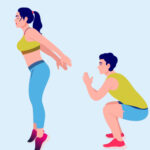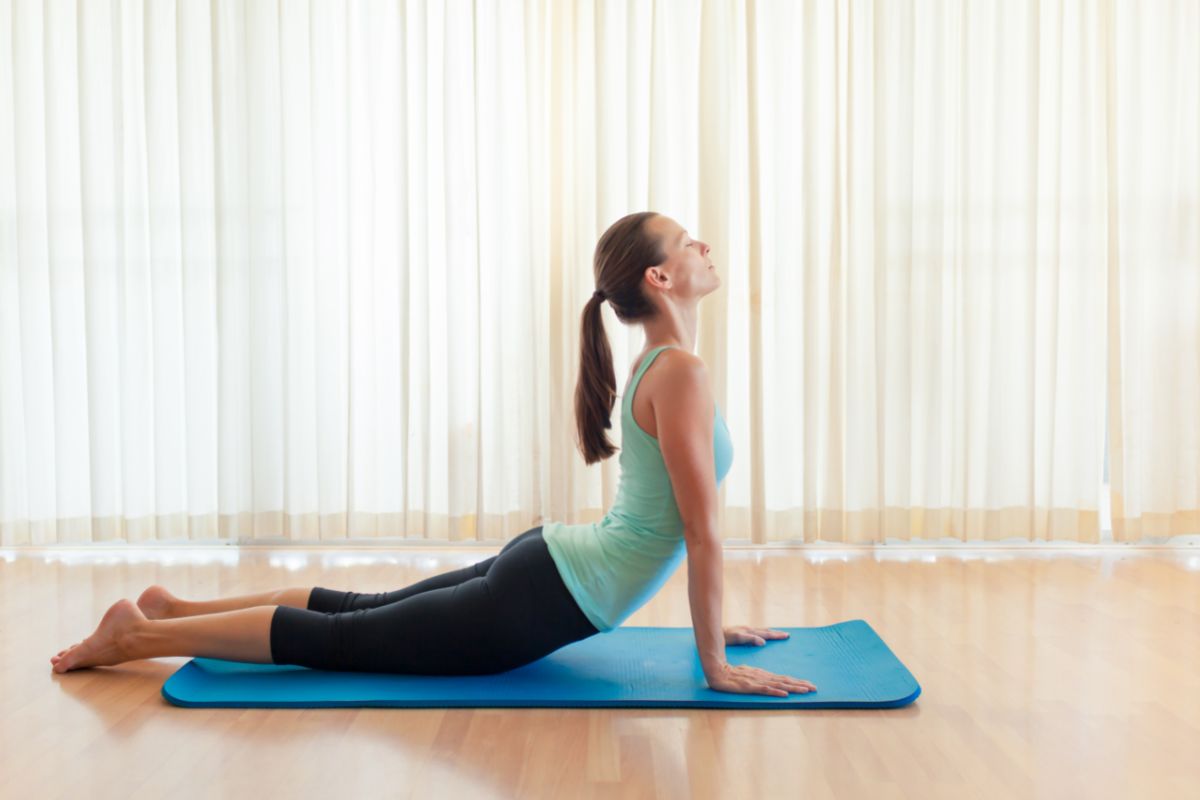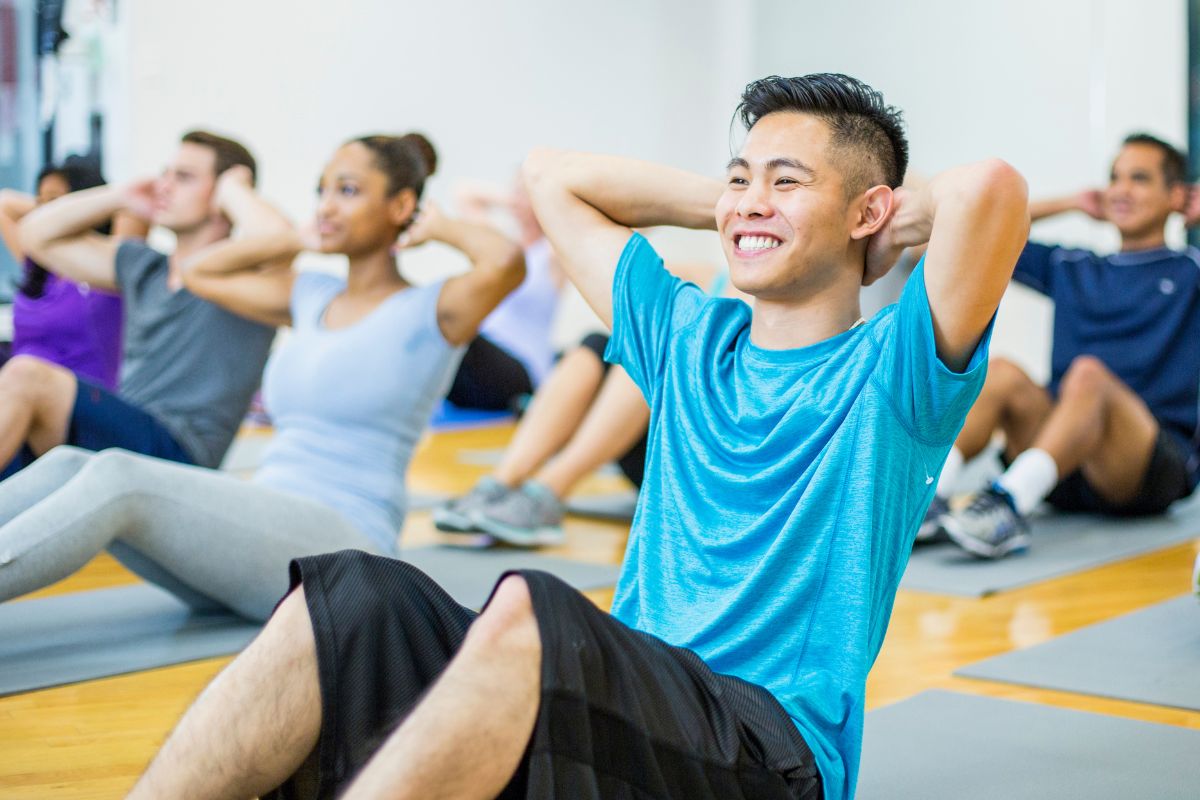Last Updated on November 10, 2022 by TJ Daniels, Certified Personal Trainer
The primary distinction between sit-ups and crunches is their range of motion. Sit-ups involve raising your torso to bent knees with feet flat on the floor. Crunches require less effort. Sit-ups thus activate more muscles but carry a higher risk of injury.
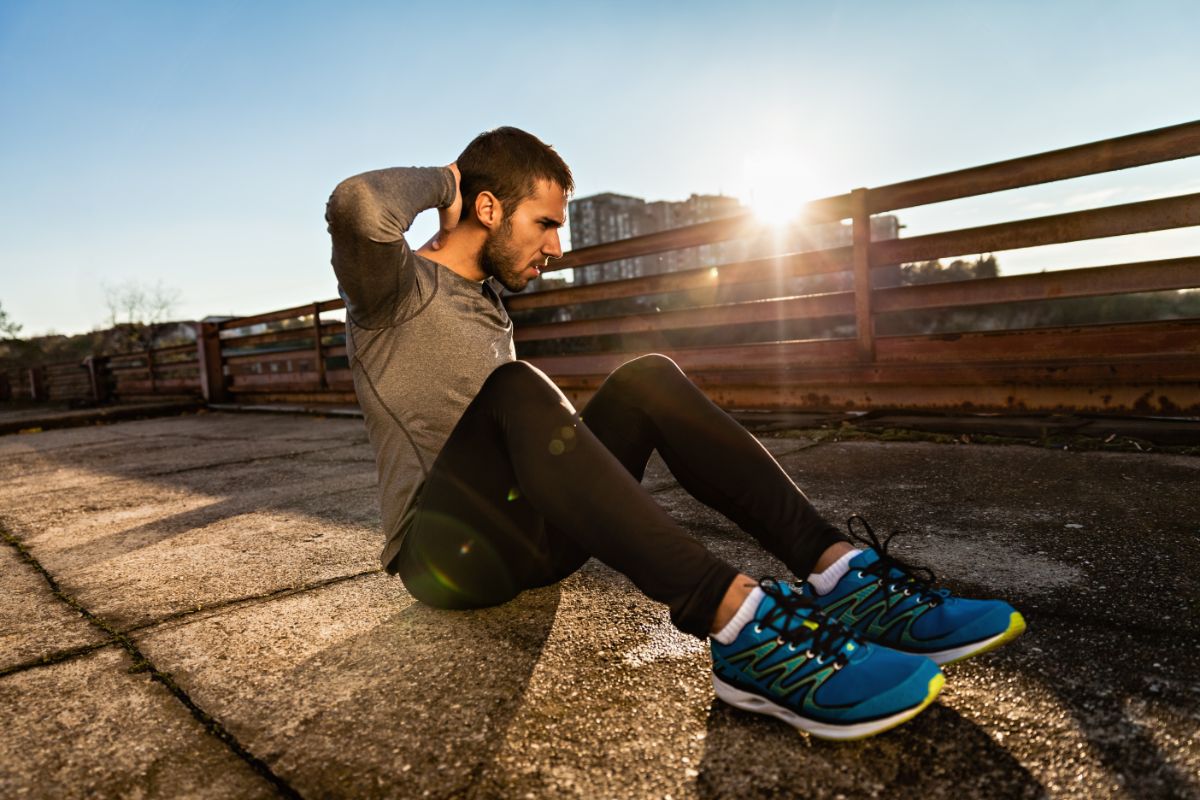

Both crunches and sit-ups help build strength in your abdominal muscles, and other muscle groups, but they also each come with their pros and cons. Once you read through this article, you should be able to use the information to determine which exercise is best for you.
What Are Sit-Ups?
A sit-up is an abdominal exercise that helps to strengthen the muscles in your core. The exercise is especially good for engaging the rectus abdominis, the muscle that runs vertically across the front of your torso.
Sit-ups also exercise your hip flexors, which are the muscles that run from your thighs to your lower back.
However, sit-ups may cause a back injury because they press your curved spine on the floor, putting extra pressure on your spine. Furthermore, because sit-ups work your hip flexors, they can become tight, pulling on the lower spine and posing the risk of causing lower back pain.
In general, sit-ups are favored if you want to work more than just your abs and don’t have any back, neck, or spine issues that could be aggravated by the exercise.


Benefits of Sit-Ups
There are numerous reasons why you should incorporate sit-ups into your regular fitness routine. They can assist:
Core Strength
One of the most common reasons for doing situps is core strength. You can reduce your risk of back pain and injuries by strengthening and toning your core.
You’ll be able to move more freely as you go about your daily activities and participate in athletic activities.
Improved Muscle Mass
Doing sit-ups regularly can fight against the natural decline in muscle mass known as sarcopenia. As you get older, the muscles in your abdomen tend to be the ones that decline first and then get replaced with fatty tissue.
Improves Athletics
Athletes with strong core muscles have increased muscular strength and endurance. A strong core allows you to maintain proper posture, stability, and form while participating in any sport or physical activity. You’ll also be less likely to become tired.


Drawbacks of Sit-Ups
Risk of Injury
The emphasis on spinal flexion, or bending or hunching forward, is one of the reasons sit-ups have a bad reputation. Excessive spinal movement is known to cause spine stress and back injuries.
Bad Posture
If you perform sit-ups incorrectly, it’s possible that it will follow you outside of the gym. When you exercise, it is good to compensate for the poor posture you may have from sitting at a desk or lounging around all day, not reinforcing bad habits.
How To Do Sit-Ups
- Start off by lying flat on the floor with bent knees and your feet flat on the floor. It is highly recommended to have an exercise mat or carpet underneath you to protect your spine.
- Lay your hands either behind your head or over your chest.
- Lift your body so that it curls toward your thighs. You should feel your abdominal muscles engage.
- Slowly lower your torso back toward the floor so that you are once again in the position you started in. Time your breathing so you are inhaling as you lower back down.
- Repeat these steps at a controlled pace to ensure you do not injure your back and that you are engaging the muscles as much as possible.
What Are Crunches?
A crunch is an abdominal exercise that is similar to a sit-up but has a narrower range of motion. During a crunch, only your shoulders rise off the ground while your lower back remains stationary.
Crunches engage the rectus abdominis and obliques, which are the muscles on the sides of your stomach. Crunches are an option for isolating your abdominal muscles for a targeted workout.
Crunches work your rectus abdominis and oblique muscles effectively. One key thing to remember whenever you are doing core exercise is that you need to keep your muscles tight and engaged throughout the exercise.
Something as small as one weekly session of crunches for six weeks will provide you with small results and improved abdominal endurance.
The nice thing about crunches is that they put less strain on the spine, making them ideal for those who want to target their abs but are prone to back injury or pain.
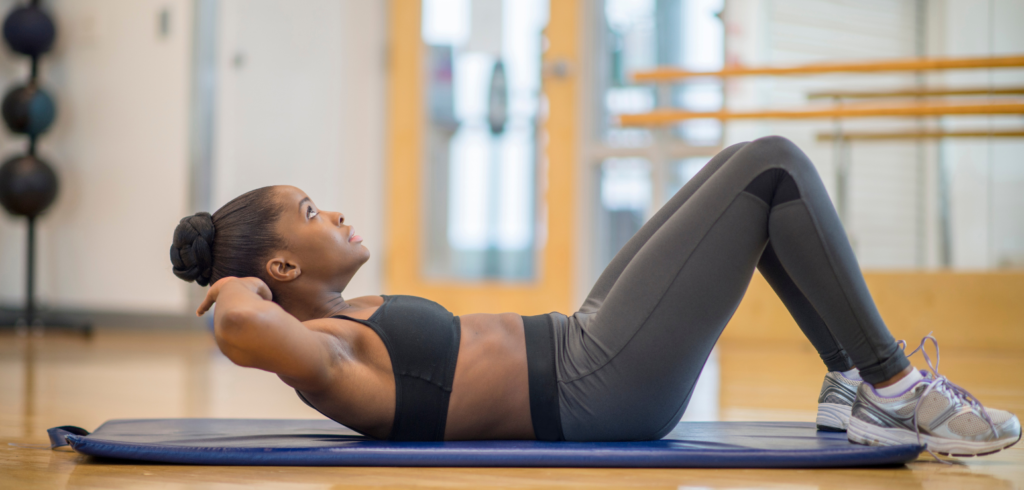

Benefits Of Crunches
Burns Calories
Abdominal crunches are a great way to burn calories in the body. Add them to your regular workout routine to not only strengthen your muscles but to also burn off some extra calories!
Improves Balance
Because they help to strengthen the muscles in your abdominal cavity, abdominal crunches are a highly effective way of improving balance.
Corrects Posture
Abdominal crunches are essential for improving posture. When your posture is optimized, you will notice that you not only function more effectively in daily activities, but you also do not suffer from lower back pain or back muscle injuries.
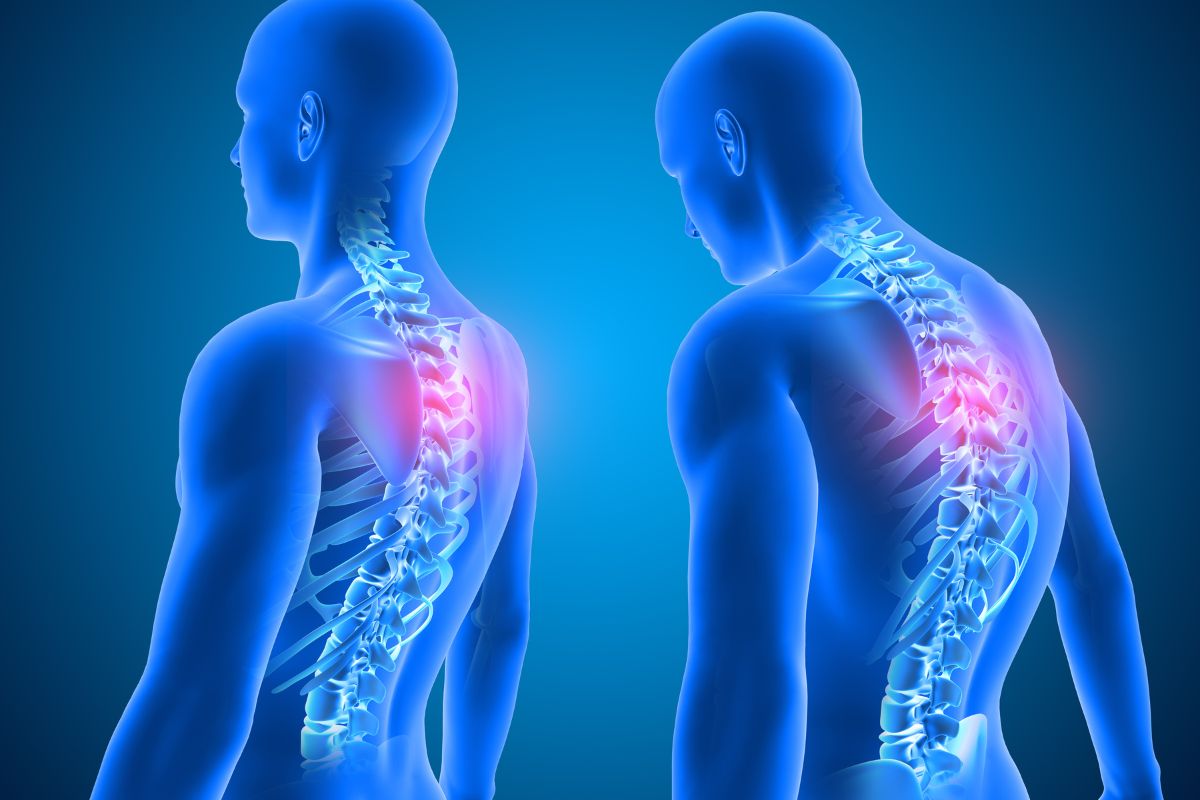

Drawbacks of Crunches
Unsuitable for Elders
Because of the flexing required for this exercise, it may not be suitable for older adults, particularly those who have had a back or neck injury.
Neglects Deeper Muscles
Crunches target your surface abdomen muscles. Although these are the six-pack muscles, they are not the most important for true core strength.
Can Create Tension
When doing crunches, most people tuck their buttocks under. This overworks the muscles on the surface and disengages the core muscles, tightens hip flexors, and can cause hip tension. Tucking also has unintended consequences in the hip joint, which can create pain in the lower back.


How To Do Crunches
- Lay down flat on the floor with your knees bent facing upwards.
- Put your hands behind your head so that they are clasping one another but do not do it too tightly as this can strain the neck.
- Curl your shoulders slowly at a 30-degree angle and lift off of the floor.
- Hold this position for a second and then slowly lower back to the ground, remembering to inhale as you lower back down.
- You should feel the abdominal muscles engaging throughout the exercise.
Sit-Ups Vs Crunches
Both sit-ups and crunches can strengthen abdominal muscles. Crunches are a more focused approach that concentrates on your abdomen muscles, whereas sit-ups also engage the muscles in the surrounding areas.
Crunches can also be less dangerous than sit-ups, which can cause lower back pain in some people.
Proper form is essential for any exercise, but it is especially important for sit-ups.
Doing too many sit-ups too soon or incorrectly can result in hyperlordosis, a lower back condition. As a result, follow the guidelines above, start slowly, and concentrate on proper sit-up form to achieve the best, safest results.
Because of the muscle isolation, crunches may be better for someone trying to build a six-pack. Sit-ups work the abdominals, hip flexors, chest, and neck.
Final Thoughts
Crunches and sit-ups are two fundamental exercises. Sit-ups work your hip flexors in addition to your abs. Sit-ups require a greater range of motion, whereas crunches need a narrower range of motion.
Crunches are best for beginners who are learning to activate their core and they are better for more experienced exercisers because they are a more focused and isolating move that yields greater rewards. Crunches are less harmful to your back and produce better results.
- How To Start HIIT Workouts [Beginner’s Guide] - May 18, 2023
- How To Sneak A Workout In While Taking Care Of Your Baby - March 17, 2023
- How To Build Your Chest With Dumbbells [Guide] - February 9, 2023

